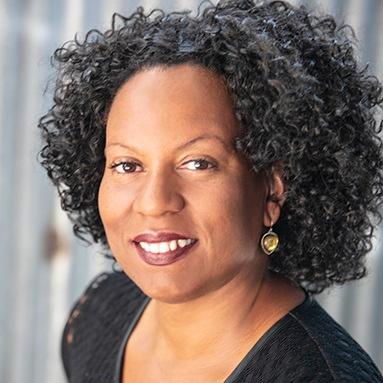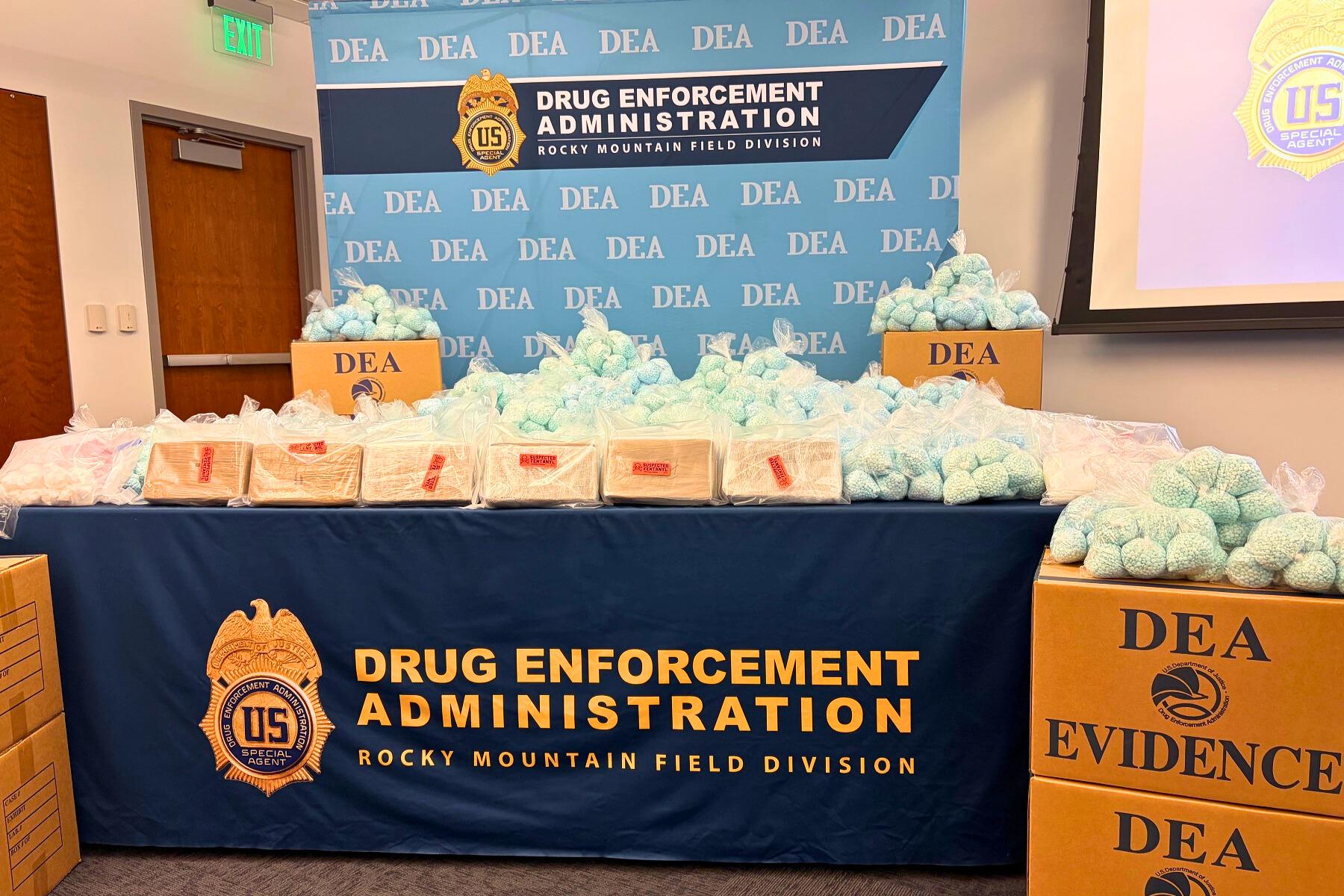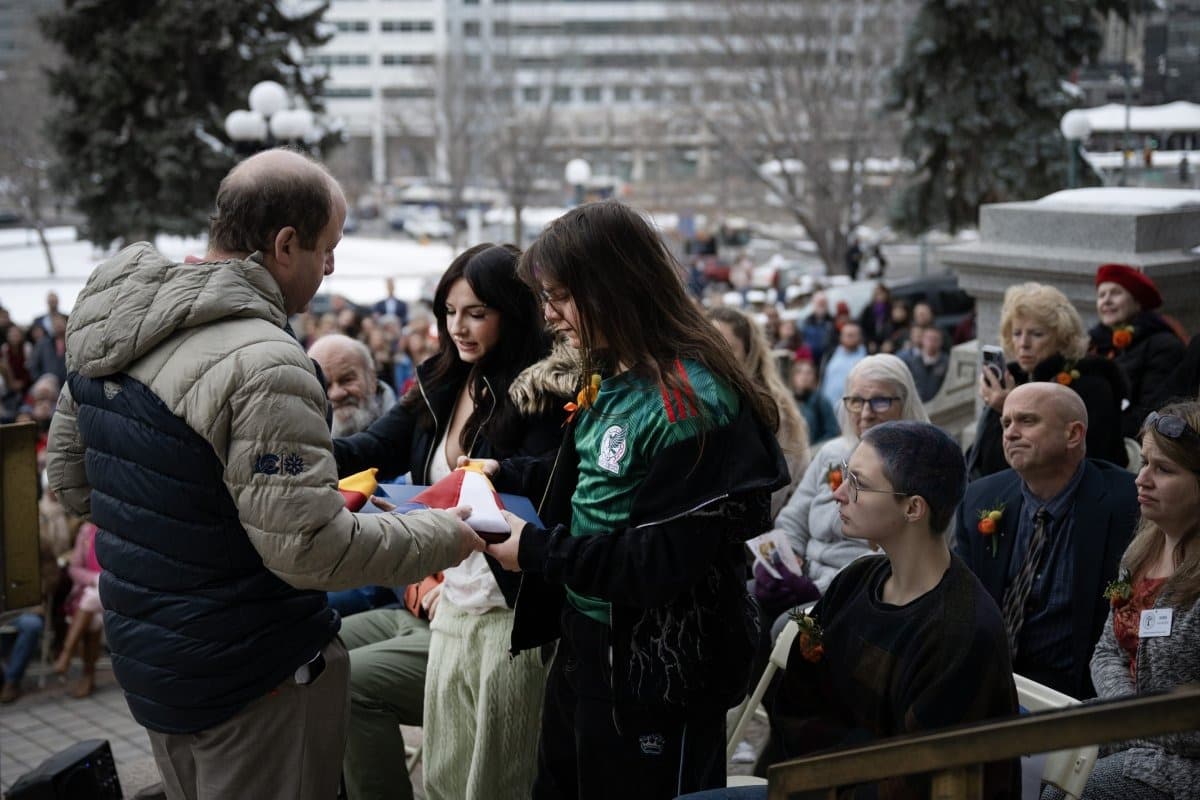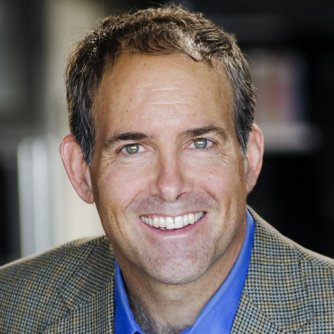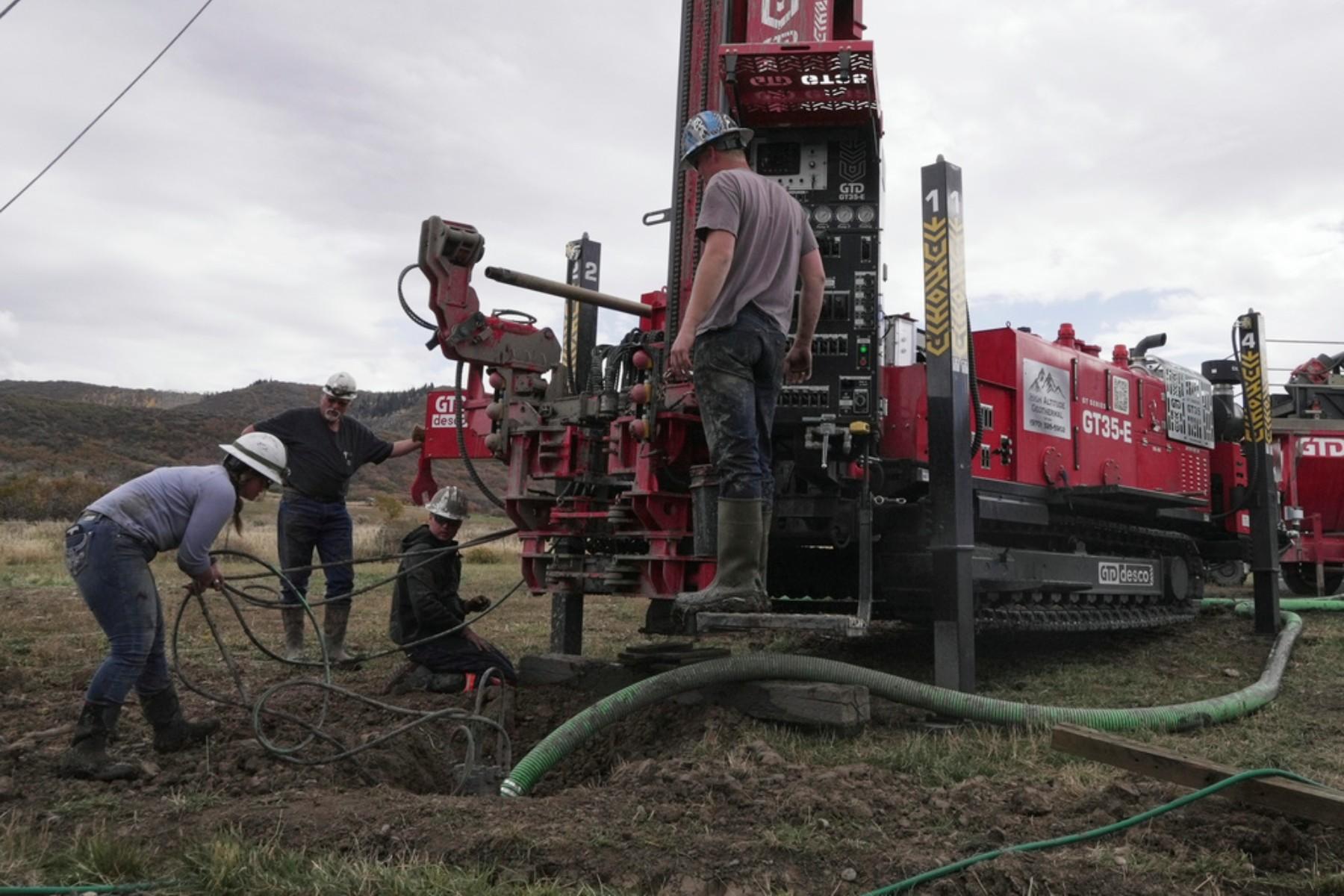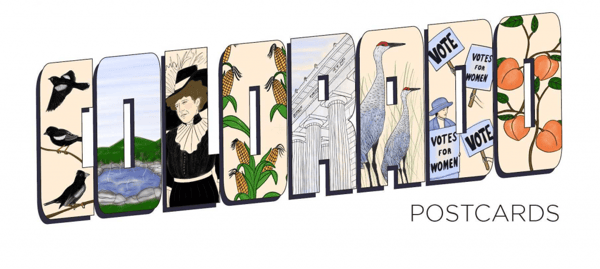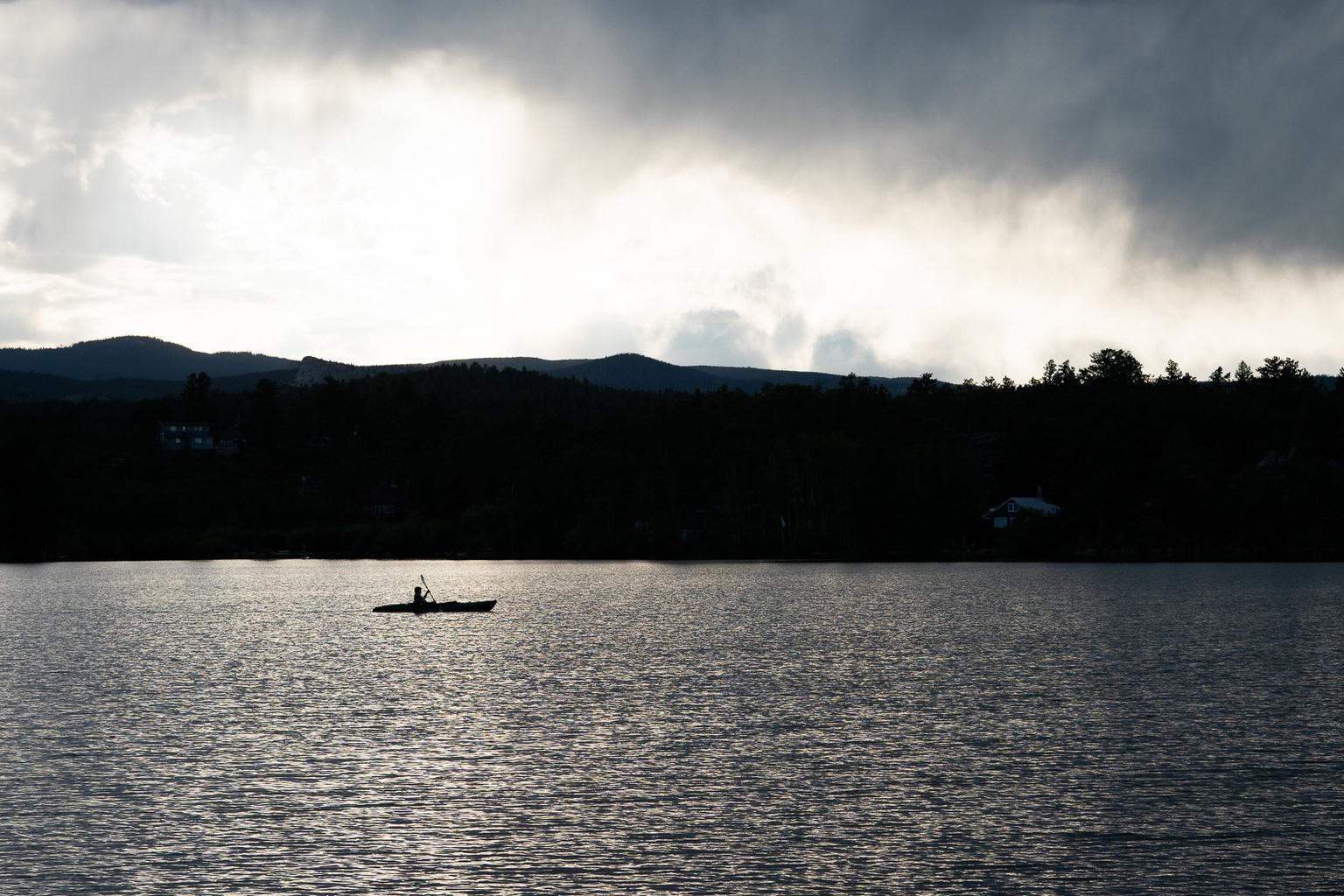
Ask real estate agent David W. Birks about the community where he sells homes and campground plots, and he’ll tell you: “Red Feather Lakes is probably Colorado's best-kept secret, and most of us kind of like that about it.”
The quaint and unruffled community is home to under 500 people. One listing counts 347 residents, and there are even fewer in winter. It’s located about 50 miles northwest of Fort Collins on isolated, rustic land atop a granite shelf.
It’s where you’ll find a real-life trading post selling everything from toys to live worms; a waitress who has been on the job at a well-known restaurant so long that she knows all the customers’ names; a historian who knows how the town got its name, a real estate agent who got out of the corporate rat race to sell people camp grounds and homes, and even an encampment of ceramic figurines and gnomes who guard the border of the community. An Ace Hardware store across the street from the post office appears to be the most modern store for miles around.
Across Colorado, there are a handful of communities of 500 or fewer people. One of CPR’s audience members wrote in to us and asked if a reporter could find out what life was like there. Always eager for an out-of-town adventure, I went on a day-trip with photographer Hart Van Denburg so I could spend some time there finding out.
It’s quite a different area from the Denver metro, about two hours away; that’s for sure. Upon arrival, we first met with the president of the Red Feather Historical Society, Pat Clemens, who was waiting for us in a log cabin that's the home base for the society. It holds lots of ephemera about the community, first established in 1923. One item is a device that looks like a banjo, into the circular part of which one would put hot coals and then place inside bedsheets to keep their feet warm, an example of how people made it through the winters years ago.
Clemens told us that the community does not have its own local government — while officially governed by Larimer County, it seems to be mainly led by its own people, who are proud to be a part of it.
“The town was named after Princess Red Feather ... she was Creek and Cherokee from Oklahoma,” Clemens said, adding that the Native woman was an orchestral singer who traveled the country making music with her partner, Charles Wakefield Cadman, a white composer.

“They traveled all over the US for concerts. She was a singer. He was the piano player and the organizer,” she said. After performing a concert in Denver, local lore has it that someone asked the English translation of her name, and when she said, ‘red feather,’ it was decided it would be a good name for the area, which celebrated its 100-year anniversary two years ago.
“Lakes” was added to the name because there are about a dozen named lakes in the area, many of them man-made. Virtually none of them are swimmable because of the 50-degree temperature of the water, which comes from melted snow. Even in summer months, the lake water doesn’t get warm enough, and even if it did, there aren’t any beachy shores to hang out on. Surrounded mainly by rocks, the lakes are generally used for fishing and boating.
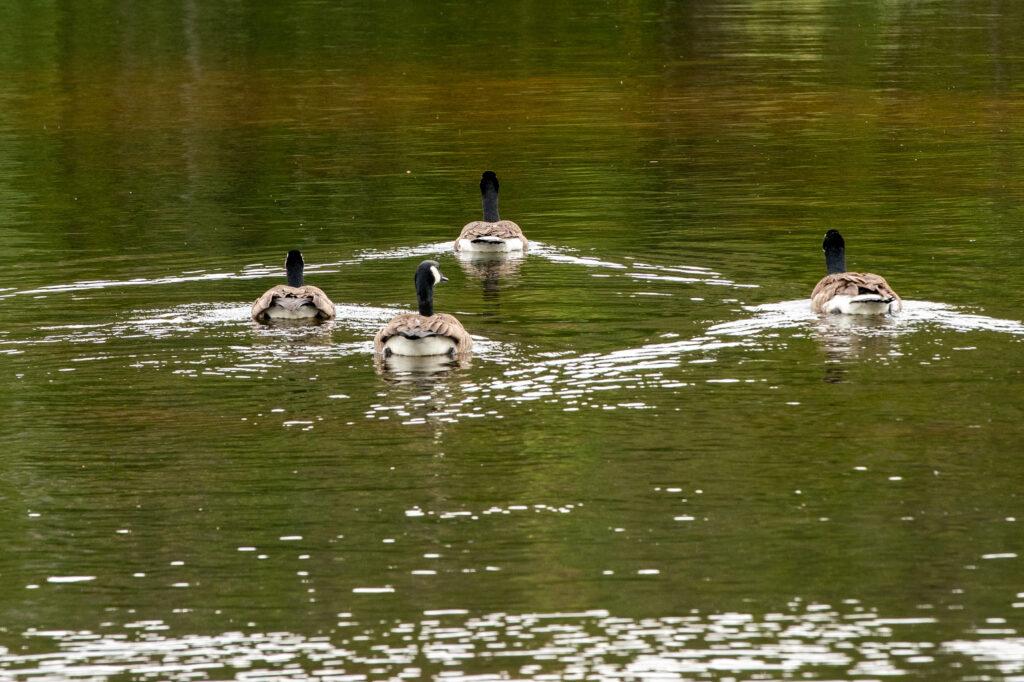
A tour of the area
Years ago, the lakes were also used for bathing, according to Clemens, who hopped in her car with a thick binder of photos of Red Feather Lakes spanning the 100-year history of the community, to supplement the half-hour driving tour of the area she led me on in the early afternoon.
En route, she pointed out restaurants, a few of which are no longer open, and homes of varying sizes and levels of modernity, some literally log cabins, others fancier with several stories and back decks.
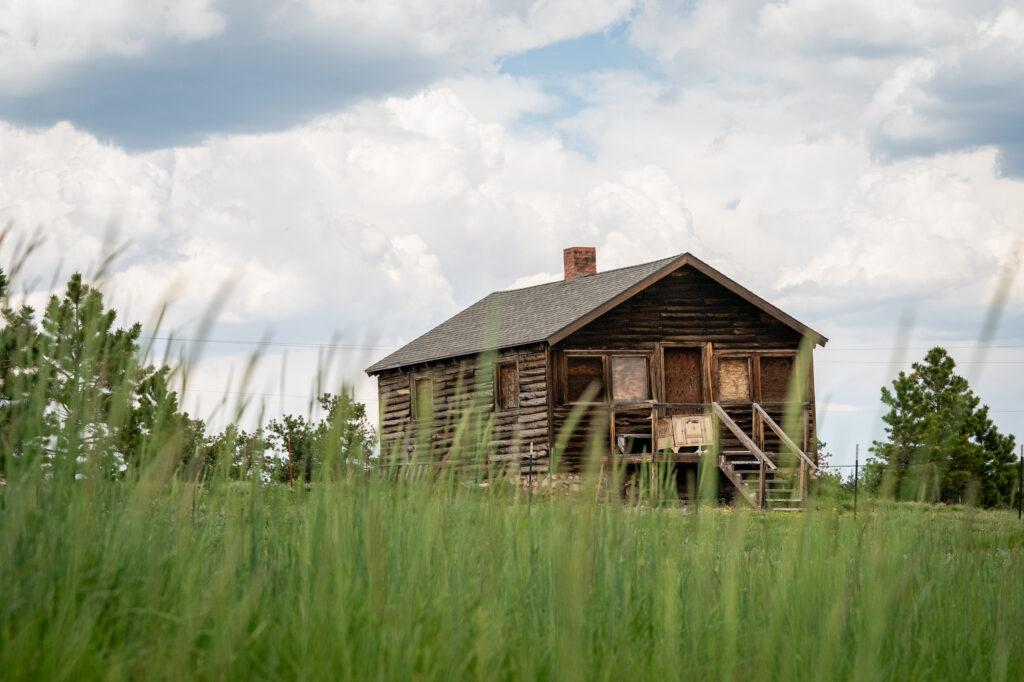
Evergreens are everywhere along the winding lanes of the community that had many log cabins, giving it a feeling of an old western TV show. Homes are situated in ways that appeared random, without specific streets intersecting with each other.
On the way we saw Red Feather Lakes’ main hubs: an elementary school with two grades per class, a fire station, and a library. Most were clustered in the same central area, surrounded by what’s known as the Greater Red Feather Lakes community — including names that celebrate the area’s natural features, such as Glacier View, Beaver Meadows, and Crystal Lake.
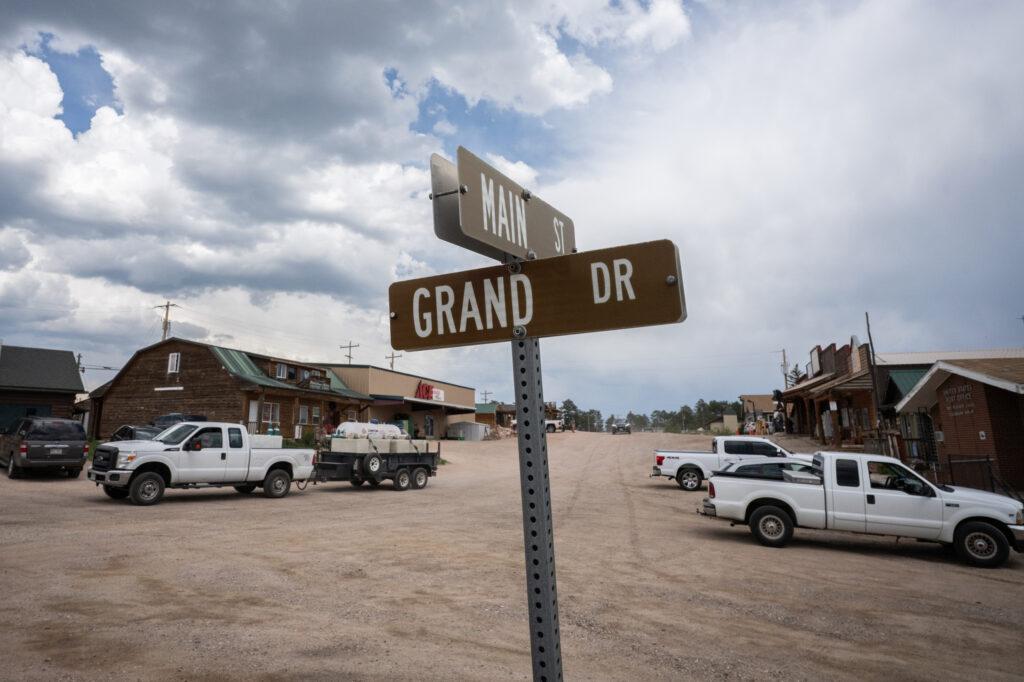
The area is also known for its dependence on wells for water in homes. Creating a more typical water system isn’t possible because of the location of the community in relation to the rocky granite foundation.
“They did have wells that people could [use, but] in the early times they had to go to the lake to take a bath ... and they had to go to the well to get water or they brought their own up,” said Clemens.
Although the village has a rustic feel, the water situation has for the most part been solved: today, there are more modern, metered wells around the area, as well as pumps community members can pull up to, so they can fill huge water containers for home use.
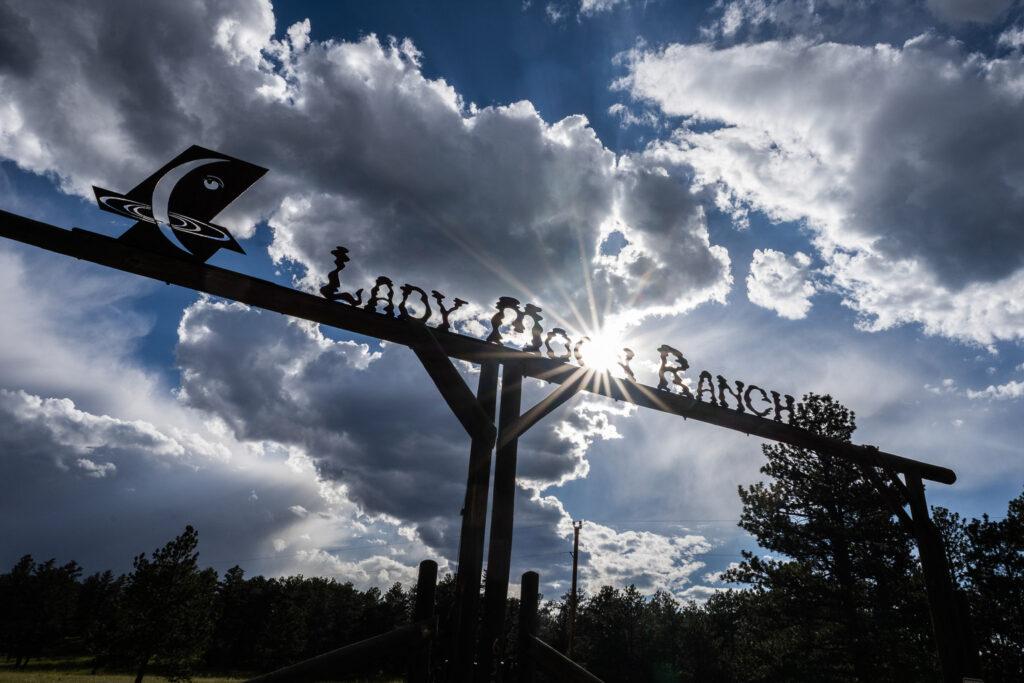
The Trading Post
Besides filling up on water, Red Feather Lakes residents also need to fill up on other things, like groceries and other household supplies. Since there’s no major supermarket in the community (the nearest King Soopers is about fifty minutes away by car), locals depend on the Red Feather Lakes Trading Post, owned by Georgia Robedeau, 56, who is from Longmont and has been living in the area for the last 25 years.
She was happy to show us around, laughing when asked for some local gossip, and treating us like old friends. The wood frame building with a front patio area that comprises the trading post has a tagline on its website that says: “We may be small, but we’ve got it all.”
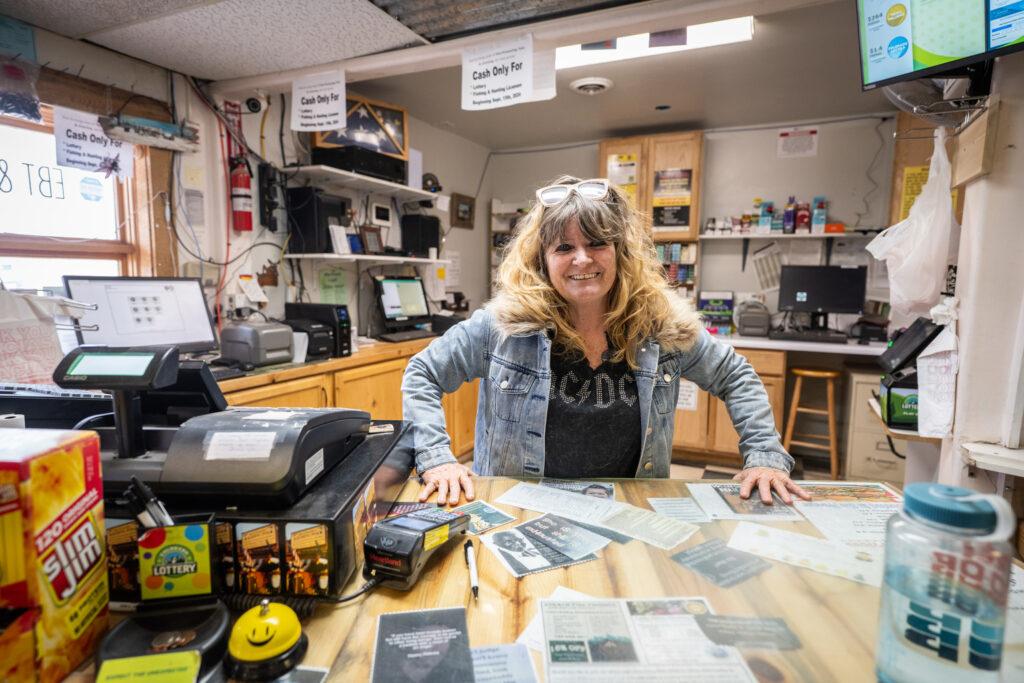
Once we got inside, it was clear the sign wasn’t playing around. The post stocks a little of everything: groceries, liquors, toys, sweatshirts, DVDs for rent and, in a dedicated refrigerator, styrofoam boxes containing live worms people buy to use as bait when fishing.
Surrounding the grocery on one side was a cafe; on the other side a liquor store and an adjacent gas pump. Robedeau runs the post with a long-haired, T-shirt clad man who described himself as her “insignificant other,” chit-chatting with us as if we were returning back home after a short time away. None of the people we encountered that day seemed to find newcomers traipsing around the village unusual; instead, they greeted us as if they’d seen us before.
For fun, Robedeau said people are looking forward to the Fourth of July celebration with fireworks, which thousands regularly show up for, driving to the area with elevations of up to 8,500 feet. They come for a range of activities, including sitting around campfires that can be made in large fire pits around the community.
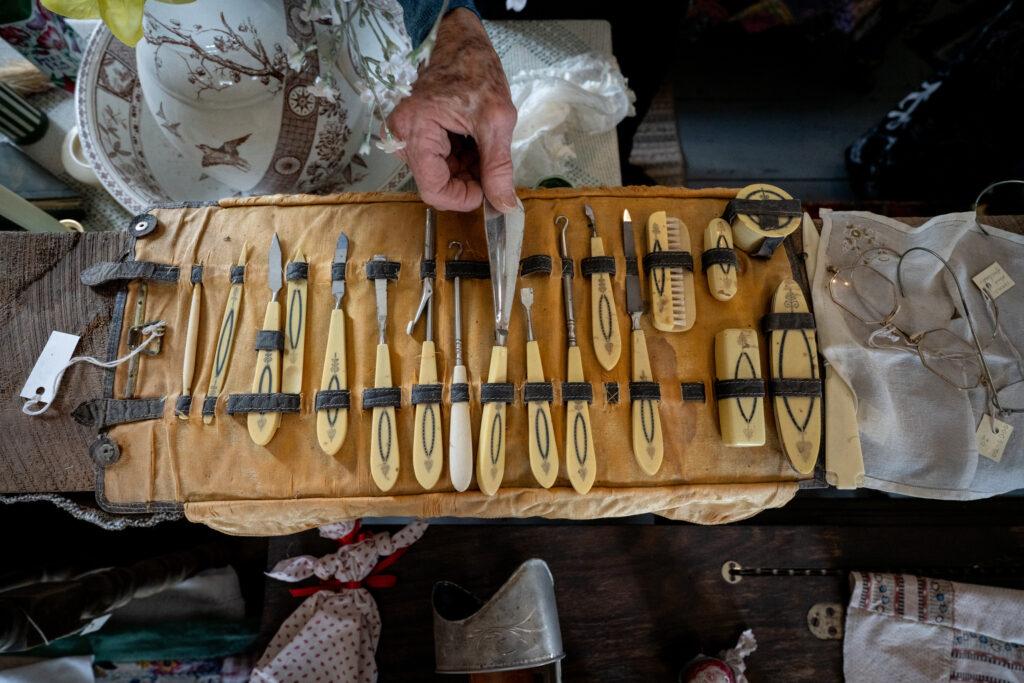
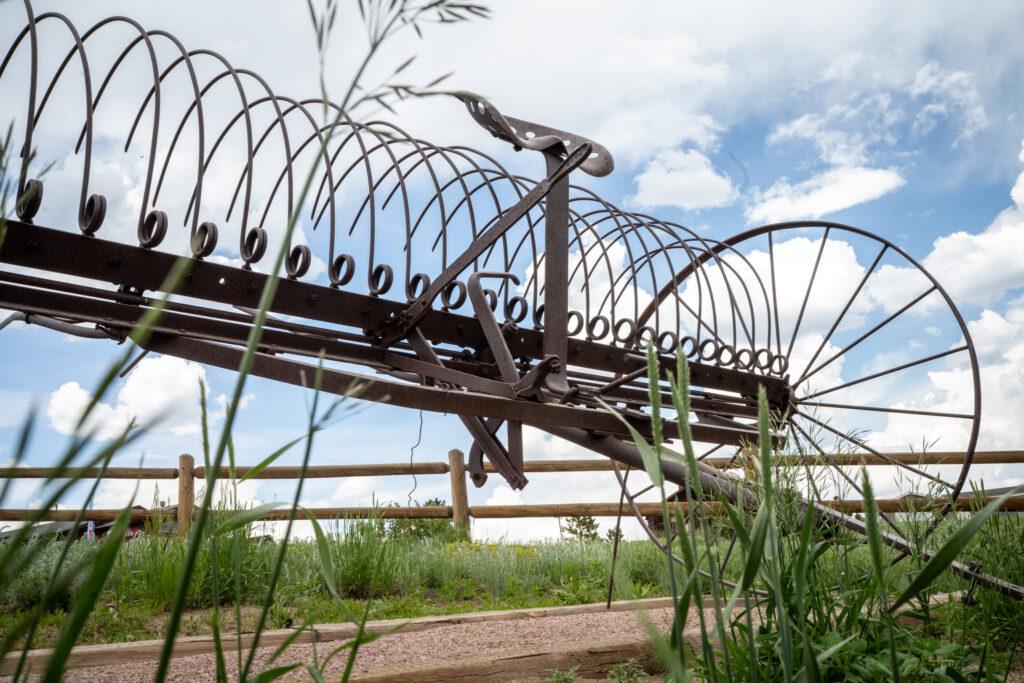
The trading post was prepping for the holiday: In the front of the store was a s’mores station, with chocolate bars on one shelf, marshmallows on another, and graham crackers on the third.
When she’s not selling liquor, gas or groceries to customers, she can be found on weekends doing what other RFL-ers do: Karaoke. She tends to perform “Fight for Your Right to Party,” a cut from the Beastie Boys’ 1986 “License to Ill” album.
That happens at the local tavern on Friday or Saturday nights. Since we were there on a Thursday, I knew we wouldn’t make it, so I asked if she could let me hear a few lines, but sadly, she declined, inviting us to come back on a weekend night when she and others belt out their chosen tunes.
Real estate
People who don’t live in the area come by the hundreds during the spring/summer/fall selling season, looking for a place to live or recreate long term in the greater RFL area.
They often seek out David W. Birks, of Lone Property Realty half a block down the road from the trading post.
Set up in a log cabin similar to the historical society’s building across the street, Birks suggested taking us on a driving tour of the larger community.
On the day we met him, he said he’d spent the morning showing a retired couple from Nebraska nine different properties, ranging from land to camp on to homes for sale. He said people looking for their mountain paradise homes to retire in or use seasonally have to be aware of the lack of opportunities for swimming in the lake, and the well water situation.
“We have all kinds of developments here,” said Birks, who has been selling properties for 12 years, doing between 50 and100 transactions annually, after retiring from corporate careers in both human resources and environmental engineering.
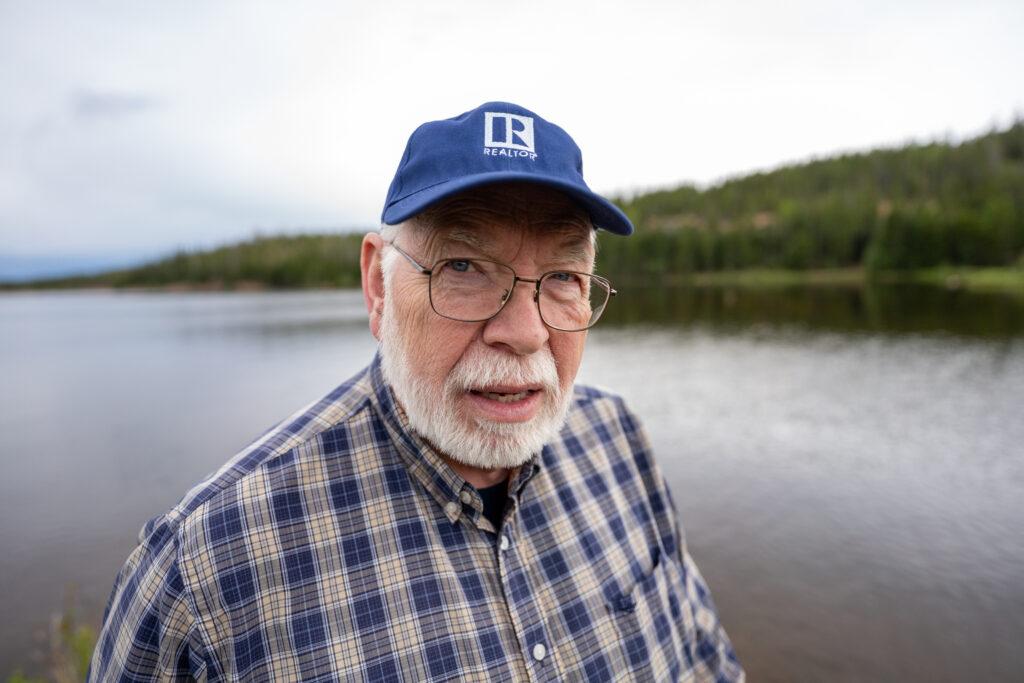
“We have properties that are still dry, no running water. They haul water from the village well or bring it from town with an outhouse. I sold a property last fall that still has an outhouse out behind. And then there are properties that have well and full septic systems with tanks and soil treatment areas.”
When asked about the price of real estate, he said: “We can have a $50,000 dry cabin or campsite, and right next door have a half-million dollar to three-quarter million dollar home with a well and septic and a detached garage ... so the price is all over the place, but I would say on average, you're probably in the three to four [hundred thousand dollar] range.”
He said people he’s met through property purchases tend to use their spare time hiking, mountain-biking, fishing (regular and fly) and other outdoor activities.
“We're developed right out of the Arapaho Roosevelt National Forest,” Birks said while driving to show us the lay of the land, which was lush and green with lots of trees. “So there's national forest access all around. There are many public lakes in the area [and] many private lakes in the area. In the wintertime there is one resort that does some tobogganing and cross country skiing and outdoor skating.”
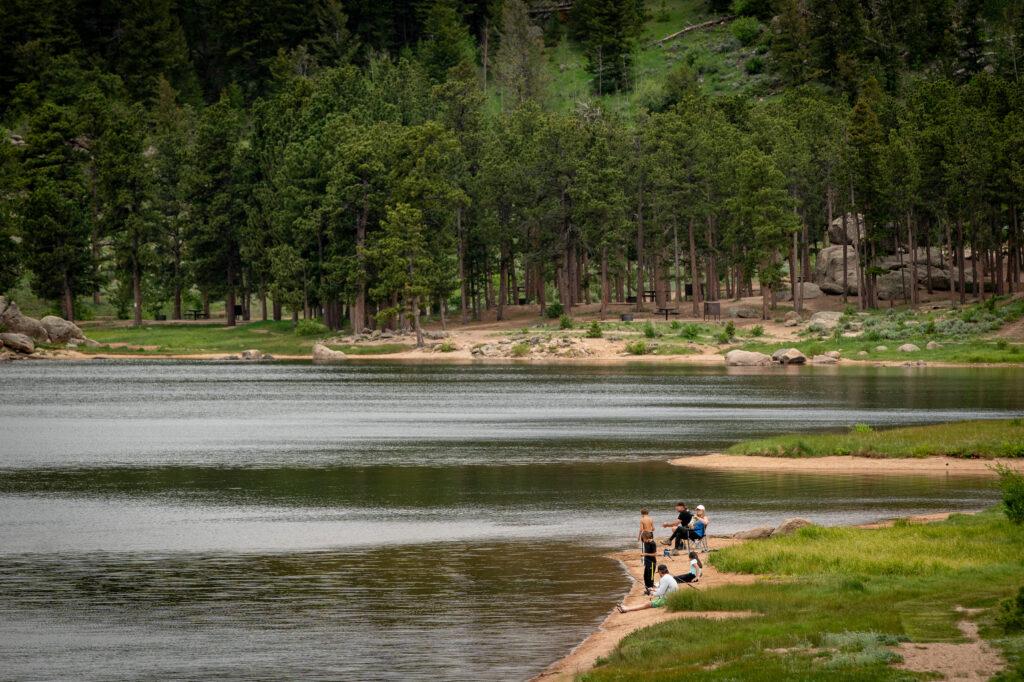
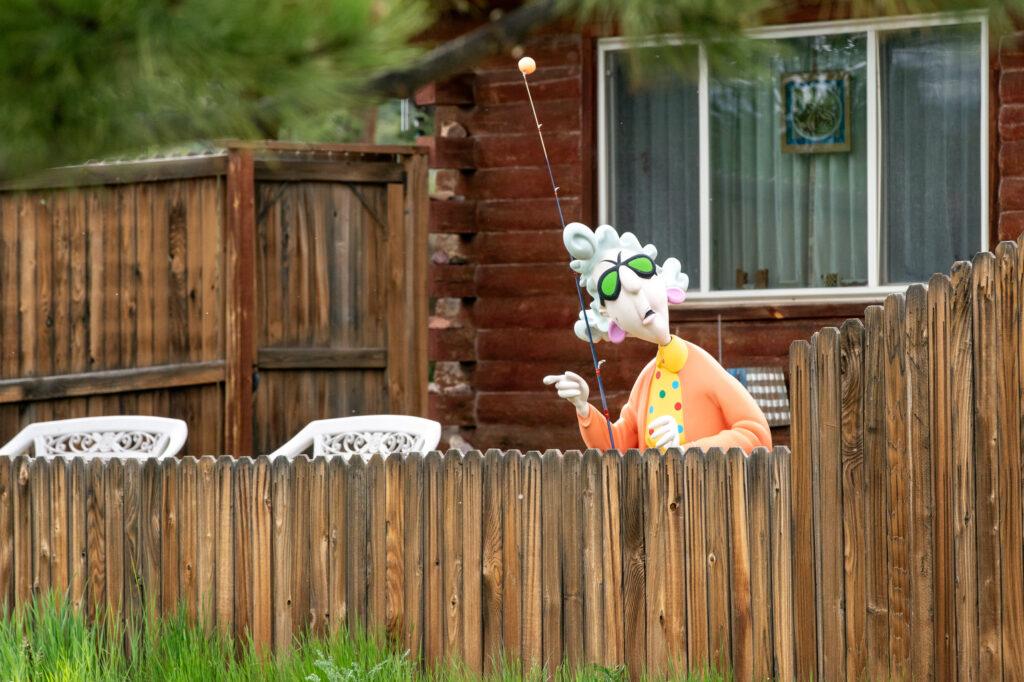
There’s no downhill skiing, because being so close to the sky, the snow isn’t always ski-worthy or long-lasting, “so the draw here really is just getting away and enjoying nature. We have all sorts of wildlife: moose, elk, mule deer ... ”
Wait, what? He spotted a mule deer on a roadway, and pointed it out, offering a description for the uninitiated.
“So mule deer is a high country form of deer and they're called mule deer because their ears look like a donkey's ears.” The area also has two modest churches — the more conservative one on one side of the street, the more liberal one on the other.
The last stop on the tour with Birks was at one of the area’s larger manmade lakes, which had a few multi-level racks where people could store small boats that are not motorized or fuel-operated, because that’s not allowed there. It’s either paddle your way around the huge lake or use a battery-powered boat to preserve the area’s tranquility.
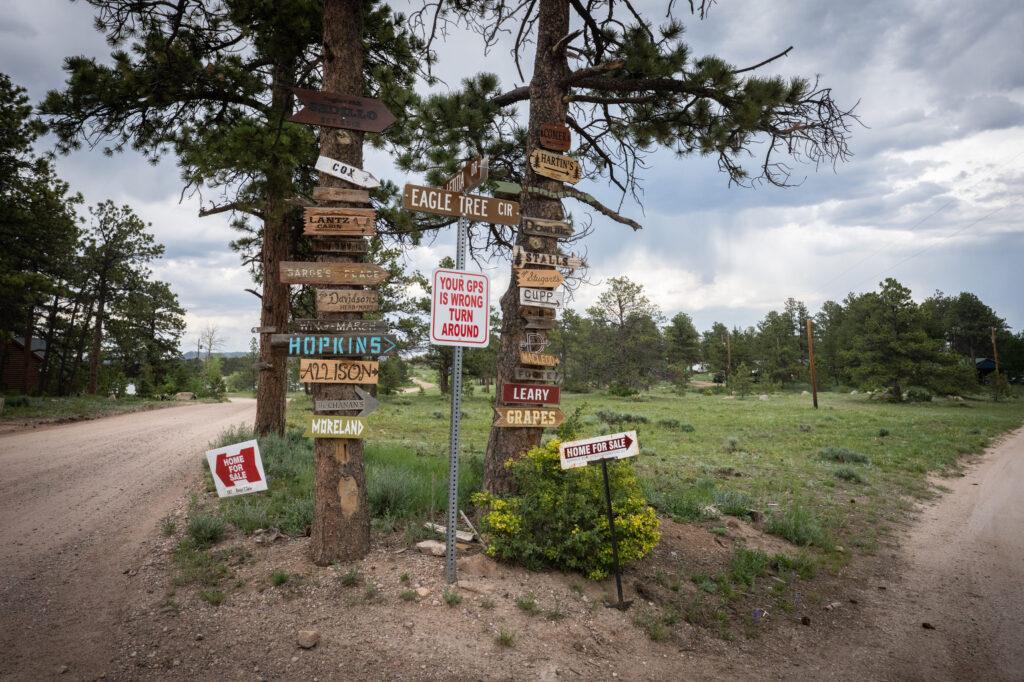
The Pot Belly Restaurant & Lounge
After touring the village with Clemens, the local historian, and the greater area with Birks and discussing how worms are used for bait (they’re big enough to be broken into two pieces, making one worm good for two baits) with the trading post proprietor, CPR’s photographer Hart Van Denburg and I were getting tired and hungry. Following the advice of both Birks and Clemens, we checked out one of the area’s best-known eateries.
The Pot Belly Restaurant & Lounge was located on a plot of land with a large parking area in the front and a bulletin board inside the front door. Harkening back to a simpler time, the restaurant has neither its own website nor Wi-Fi. Posted on the bulletin board were a notice about an upcoming pancake breakfast and business cards for an electrician, a cake baker, and a snow plow operator, useful even in June — Birks said there was some snow on the ground in recent weeks.
Walking inside, we heard a din of voices and a feeling of easy familiarity, as one of the waitresses made her way from kitchen to table over and over again, clearly enjoying the camaraderie between herself and her customers.
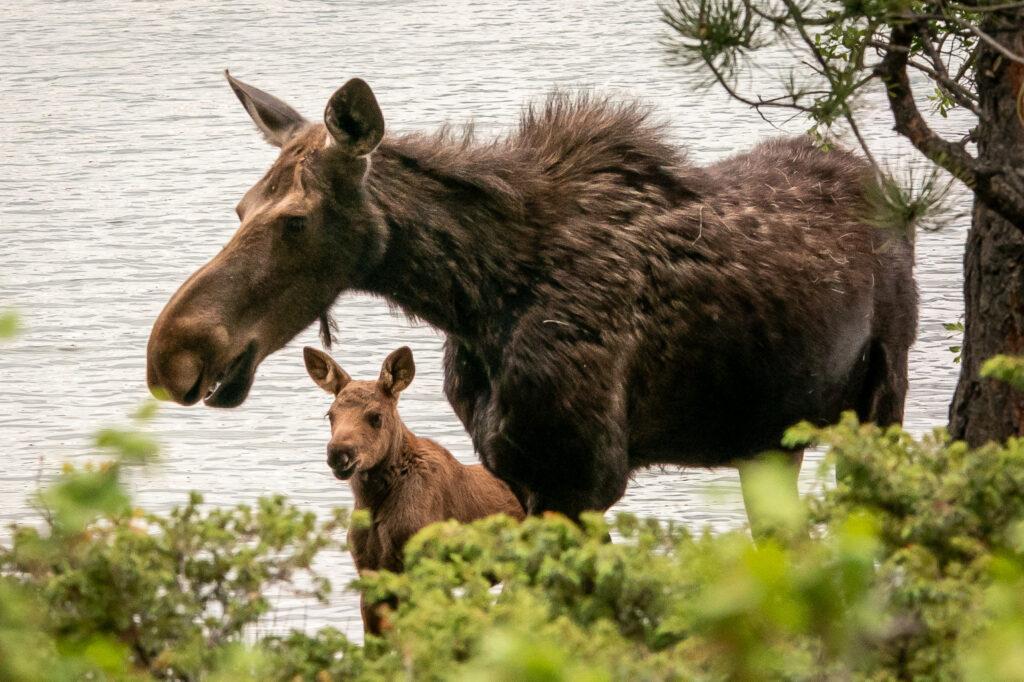
People arriving in groups large and small saw people they knew and stopped to chat, while the waitress used familiar terms like “Hon” and “Dear” asking if she could bring guests some ketchup or top off their water glass.
She took people’s orders from the menu, which is printed in black and white and featured burgers, burritos and BBQ pork sandwiches, and fresh pies and cakes for dessert.
We ordered some food and took in the ambiance of the restaurant: friendly, noisy and homey with no one in a hurry to leave. “Can I bring you anything else?” asked Amy Wolff, 59, who said she had been waiting tables there for many years. We asked what working there was like.
“Well, I know a lot about town,” she said. “My daddy has lived up here since the early eighties. It's a nice little village ... it's very nice, honey. I'm part of the family ... Not related to them by blood, but by heart,” she said, adding that the now-retired owner created a family to include Wolf and her children. “My kids call her Aunt,” she said.
Elf Lane
After our meal, on the way out of town, we came across a forest-like area where there weren’t any properties. On the ground were easily 60 or 70 ceramic figures in various positions, one of them a gnome who was wearing a red hat, a doctor’s smock, sunglasses, and a COVID-19 mask, holding a roll of toilet paper. Another elderly bearded gnome wore a denim outfit and pointed hat and was carrying what looked like a football, surrounded by ceramic dogs who appeared to be pets of the gnomes.

In the back, near some branches, other gnomes and ceramic figures had their own wooden, shingled dwelling, partially broken on the roof. There was also a small chapel with a ceramic mushroom in front of it. Some figures were set in groups to make them look like they were chatting. Others were flat on their back, looking up at the sky alone. Large, tiny and all sizes in between, they were placed carefully and also haphazardly, amongst tree roots, pinecones and pine needles. Easy to miss initially, one of them was riding a tiny tricycle.
A sign dubbed the area “Elf Lane” and read: “Please do not take us, break us, or relocate us, as we live here on Elf Lane to watch over children and all the little animals.”
As we drove past Elf Lane back home to the Denver Metro, I thought the figures in the encampment were a lot like the people and community of Red Feather Lakes: individual, unique, undisturbed, doing their own thing, and not concerned with what outsiders might think of them.

Colorado Wonders
This story is part of our Colorado Wonders series, where we answer your burning questions about Colorado. Curious about something? Go to our Colorado Wonders page to ask your question or view other questions we've answered.
